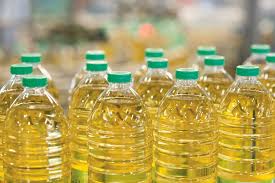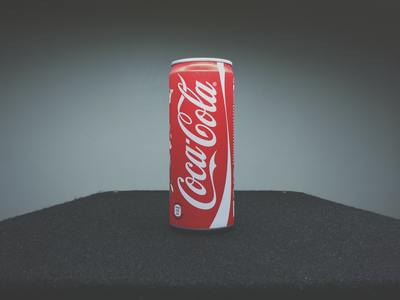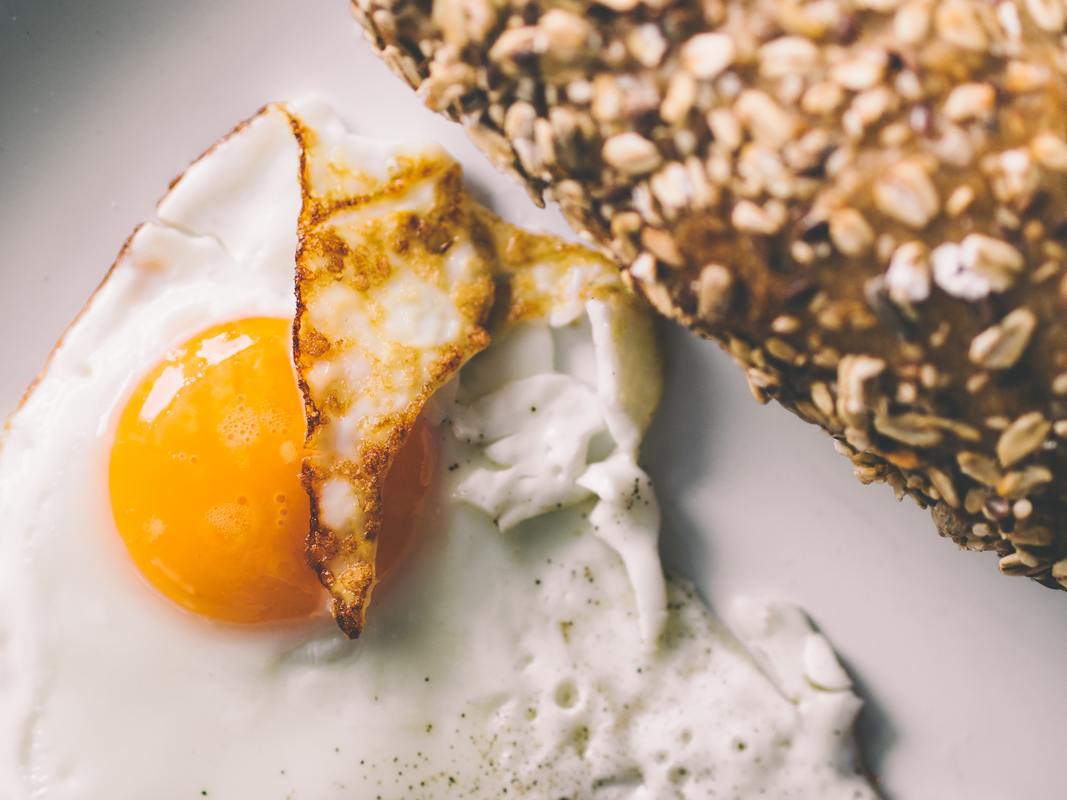Cholesterol: Why you need not fear eggs and butter, and what you can do about elevated LDL (part 2)13/11/2018 In part one of this series, we’ve looked at cholesterol being a natural substance produced in the human body every day, and one vital for health. Now, let’s talk about LDL cholesterol: how it can become elevated in your blood and what you can do about it. We’ll also look at the difference between LDL (so-called bad cholesterol) and HDL (so-called good cholesterol).
0 Comments
Cholesterol: Why you need not fear eggs and butter, and what you can do about elevated LDL (part 1)12/11/2018 For around 40 or so years, we’ve been told that if we eat cholesterol-containing foods like eggs and saturated fats (butter, cream, meats, coconut oil, cream and milk), we’ll raise our cholesterol and our risk of cardiovascular diseases, like heart attack, stroke and arterial plaques.
Recently, I’ve had many people asking me how many eggs they can safely eat per week, because their doctors have told them they have high cholesterol and therefore need to avoid eggs. And I’ve had several people express surprise that I recommend most people could benefit from eating more eggs and saturated fats. So, in a series of two articles, I’m going to help you learn more about cholesterol – what it is, what a high LDL cholesterol blood test result really means, and why you don’t need to fear saturated fats or eggs (truly). |




